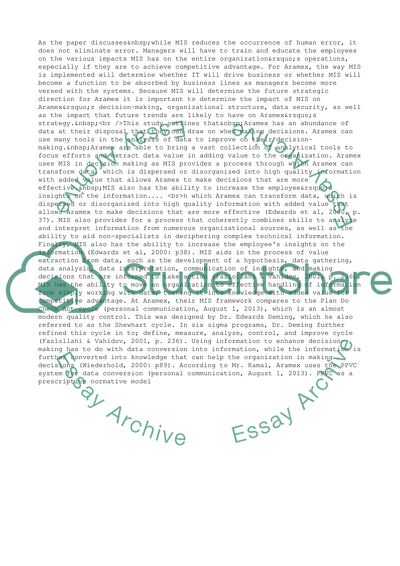Cite this document
(“Impacts of MIS on Aramex Assignment Example | Topics and Well Written Essays - 2000 words”, n.d.)
Retrieved from https://studentshare.org/management/1483444-impacts-of-mis-on-aramex-connecting-the-dots
Retrieved from https://studentshare.org/management/1483444-impacts-of-mis-on-aramex-connecting-the-dots
(Impacts of MIS on Aramex Assignment Example | Topics and Well Written Essays - 2000 Words)
https://studentshare.org/management/1483444-impacts-of-mis-on-aramex-connecting-the-dots.
https://studentshare.org/management/1483444-impacts-of-mis-on-aramex-connecting-the-dots.
“Impacts of MIS on Aramex Assignment Example | Topics and Well Written Essays - 2000 Words”, n.d. https://studentshare.org/management/1483444-impacts-of-mis-on-aramex-connecting-the-dots.


